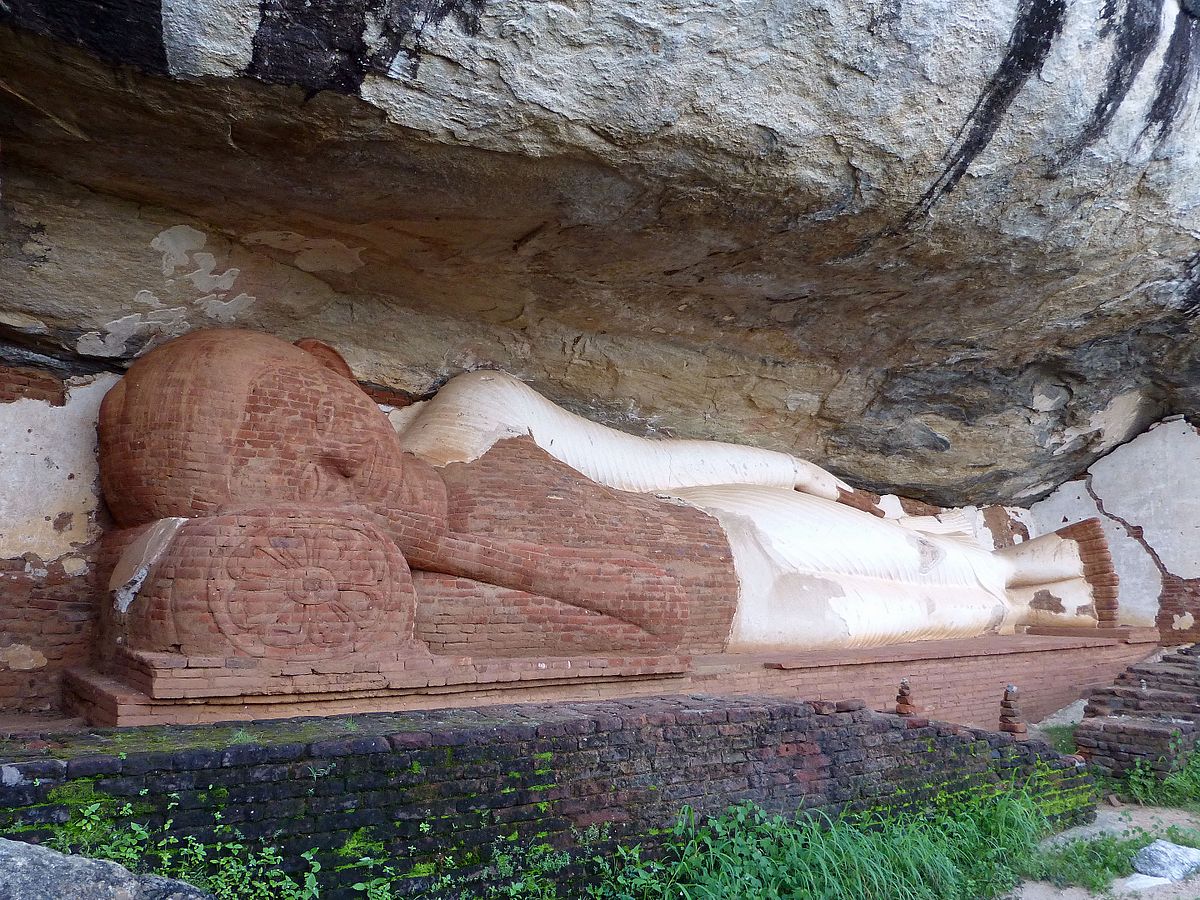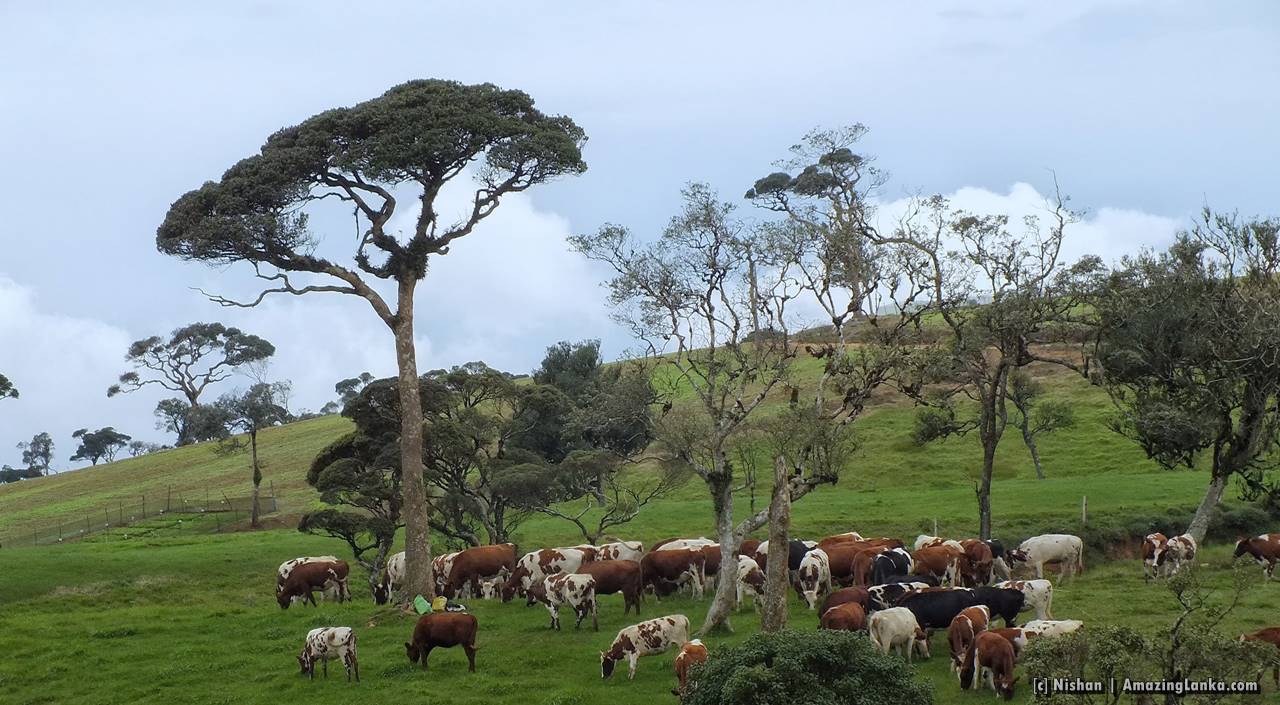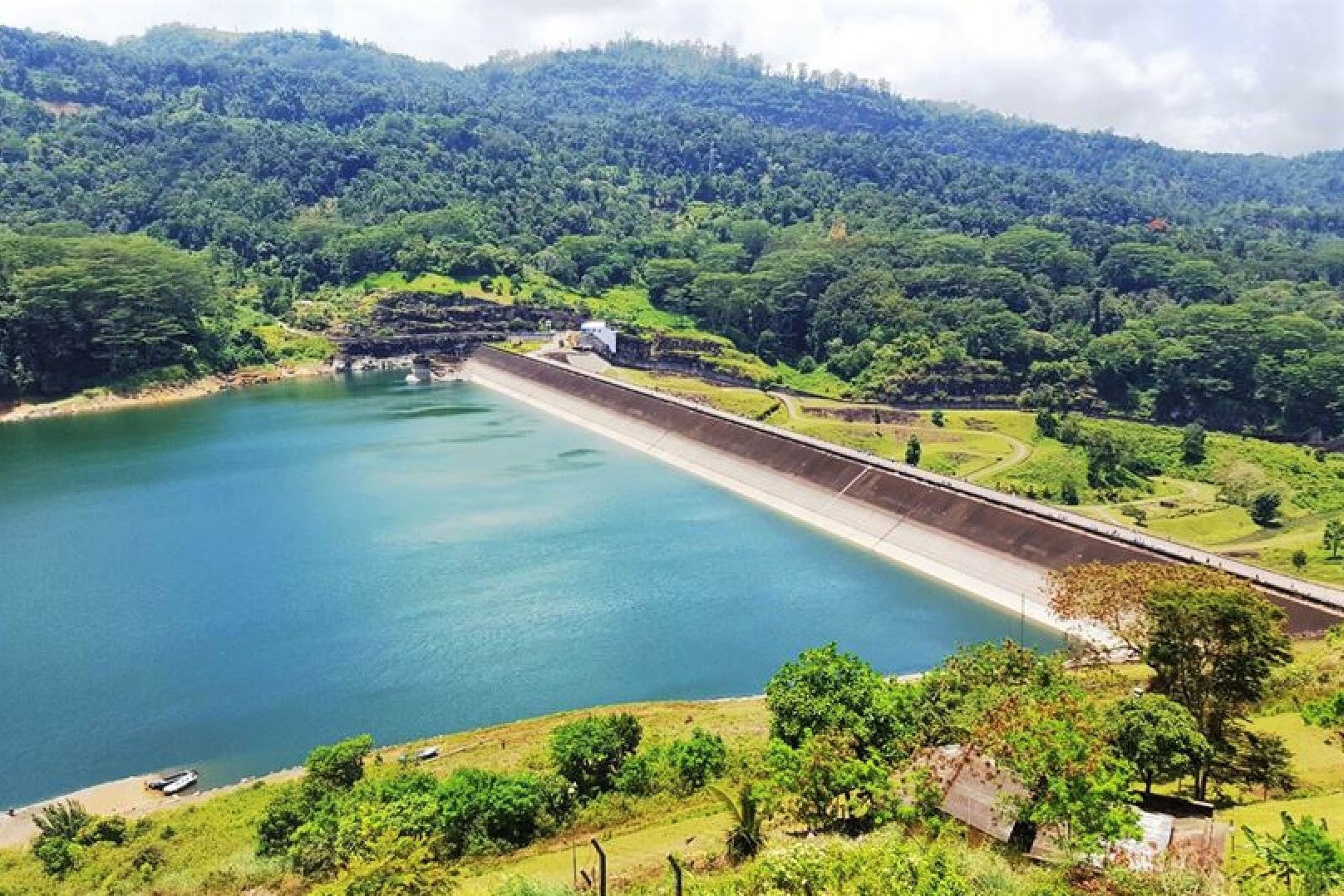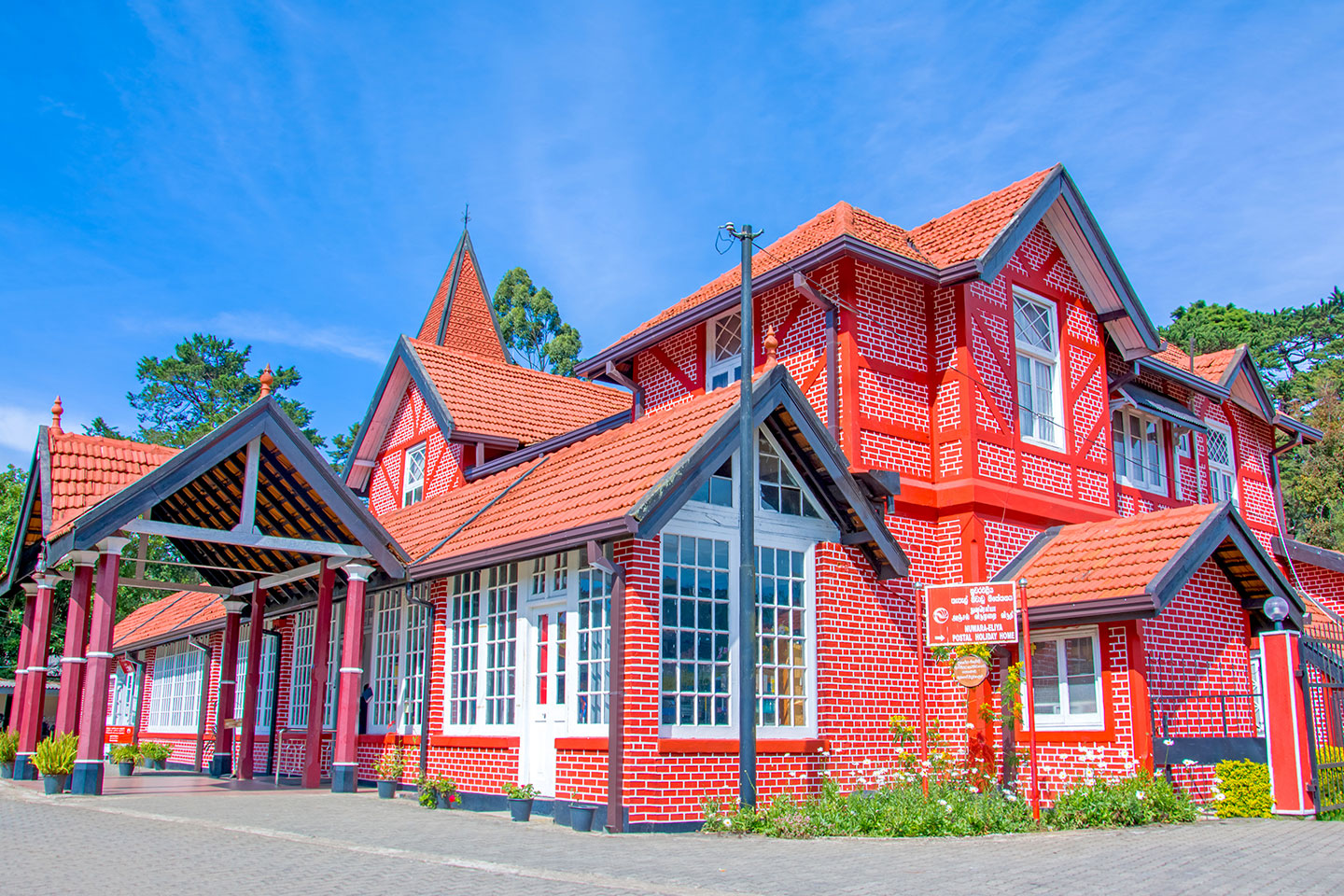There are four ancient shrines as the Siva Maha Devalayas during the Kandy era. The shrines were located in close proximity to the Dalada and Raja Maligawa during the era when Kandy was the main city. These shrines are:
- Natha Devalaya
- Vishnu Devalaya or Maha Devalaya
- Kataragama Devalaya
- Pathini Devalaya
The annual Esala Perahera showcases the national and historical traditions and values of Sri Lanka which consist of the perahera of the Dalada Maligawa, perahera of Natha Devalaya, Maha Devalaya or Vishnu Devalaya perahera and the Pathini Devalaya perahera. Within the structure of the Dalada perahera, the perahera of the Dalada Maligawa in yellow, it proceeds from right in front of the Randoli Perahera which is followed by the Bodhi Satva Perahera of Natha (Matu buduwana Natha hewa Anathayan natha karawana labana) meaning future enlightenment – in white colour. This is followed by the perahera of Vishnu devalaya in blue colour (Sri Lankans believe that Vishnu will attain enlightenment in the future).
The last perahera of Siri maha devala would be the Pathini perahera which is also in white.
Natha Devalaya
The most ancient building of ancient Kandy is the Natha devalaya which is located directly facing Sri Dalada Maligawa. The history of Natha devalaya begins from King Wckremabahu III that runs till the 4th century. From the inception this set a very high standard with most splendid offerings of both Buddhists and Hindus and is protected by a wall 6 ft high which has been made according to Gadaladeniya Vihare of Udunuwara to a specification of a stylish stupas as a replica of the Vijaya city of which lies a metal statue of God Natha.
According to the 16th century concept of Avato keshwara Boddhisatva which was rapidly spreading in China, Nepal, Tibet and Japan, it also began to impact Sri Lankan heritage of Kandy and the spreading of God Avato keshwara Natha. God Natha is renowned as the God Senkadagala who provides protection to Senkadagala and Buddhists believe that this God will be reborn in Buddhahood. According to historical records, God Natha arrived at Pasgama and later proceeds to the Dharmaraja Mountain and lived there because of the major challenge of God Peetiya.
Gedige Vihara with its appearance as a 3-storied palace also known as Natha Devala and two other stupas also located at the same premises which is where Lord Buddha’s Pathra Datuwa is deposited. On the eastern side is an image of a house built of stone (symbolising Sri Pada).
During the era of King Keerthisinghe, the Vishnu Kataragama of Pathini Devala was accorded high honour in the Esala Perahera. This procession was limited to only three Gods. It was during this season that God Boddhi Satva and the perahera of Dalada Maligawa was added to the proceedings and due to this reason the Esala Perahera became known as the Dalada Perahera. God Natha became powerful amongst the kings of Kandy and a tradition followed for every new King - to select his name of Royalty at the foot of God Natha’s statue. Also from Kandy ruling to the present time the anointing of the head during Sinhala Avuruddhu takes place within the premises of Natha devalaya.
In addition, at the annual function the distribution of Karthika oil takes place within the locality of the Natha Devalaya. In terms of relativity to Royalty, the power and protection of God Natha, shrines and Vihara palaces (Vihae mandira) were built here.
Vishnu Devalaya:
Vishnu Devalaya is renowned as the Maha Vishnu Devalaya or Kandy Maha Devalaya at present and is located on the right side of Raja Maligawa and opposite the Natha Devalaya above a water spring on a mountain top. This holy place consists of three stages. The palace is constructed on 2-storeys according to upcountry architectural tradition and attracts both Buddhists and Hindu devotees with honour and devotion. Vishnu Devalaya is also mentioned as the Maha Devalaya and known as Upulwan Devalaya. Since both Gods Vishnu and Upulwan are of blue colour it is believed that they are one God.
According to Robert Knox this shrine belongs to God Dedimundha, due to the reason that the initial shrine was located in Aluth Nuwara in Mawanella. In certain books this particular shrine is referred to as the Rama Devalaya where a flag that signifies the battle of Rama and Ravana lies. During the Kurunegala era the Devinuwara Upulwan Devalaya was taken to a central location of the city due to the invasion of the Portuguese from time to time. It is also apparently believed that a new Vishnu shrine renowned as Aluth Nuwara was constructed in Mawanella. This shrine is known amongst devotees as Sathara Koralaya as a shrine where sacrifices to god Dedimundha are made.
The shrine of Dedimundha located in Sathara Koralaya is due to its facing the Colombo-Kandy ancient warpath. King Senerath (1604-35 AD) fearing devastation, built a shrine of God Vishnu close to Dalada Maligawa in Kandy as recorded in ancient books. Moreover, it is believed by Buddhists that after God Natha, Vishnu awaits Buddhahood.
Kataragama Devalaya:
In the Esala Perahera, the Devalaya Perahera which proceeds after Vishnu Devalaya perahera is the Kataragama Devalaya. The colour definitions of processions are: Perahera of Dalada Maligawa in yellow, Natha Devalaya in White, Vishnu Devalaya in blue and Kataragama Devalaya in deep red colour. This is observed by both Buddhists and Hindus.
The history of Kataragama devalaya runs far back as the 16th century and is offered to Prince Skandha or the God of War. Offerings belonging to religions of both Buddhist and Hindu devotees can be seen here when accessed through the main entrance facing Kotugodalle Veediya centrally located in Kandy town. This particular god’s main residency is located at Ruhunu city and it is believed that this God is transformed into Prince Skandha of the Hindu religion. The statue of God Kataragama of six faces, 12 hands and of formation Ranamayura Asanaya is at Kataragama devalaya.
It is believed that specially during processions of Yagahuwe (religious offerings) of kataragama devalaya, kavadhi of deep red colour and thappu nama type of drums belonging to tamil tradition are used here, also fast paced song tunes of unique specification are played along during such processions. There is a Buddhist temple on one side of the Devalaya and on the other side offertories made by Hindu Brahmin priests can be seen here. These traditional offerings illustrate the unity between the Sinhala and Tamil cultures.
Pathini Devalaya:
There are two reasons on which the exceptional value towards Pathini Devalaya is significant. Firstly, as the mother of protection of Sri Lankan women and children and secondly as the representation of all females and children - visibly shown as those proceeding at the latter stage of the Perahera. This procession is usually in White.
Paththini Devalaya is located on the west side of Natha Devala alongside of a Bodhi tree. The inception of this Devalaya is not known although it is believed to have unfolded towards the era of King Wimaladharmasuriya (1592-1604).
Also it is believed that a recalling of Paththini statue deposited at Malagamamana Paththini Devalaya, was brought to be presented at the Paththini Devalaya and offerings were made. Also it is believed that during the era of King Gajaba when an army of 24,000 Tamils were brought from Chola City; the symbol of Naga, Salamba of Paththini Devi and also the Pathra Dathuwa which was taken away by the Tamil king was brought down to Sri Lanka.
Nevertheless the Salamba of Paththini Devi, also the symbol of Naga was adorned in procession of Paththini Devalaya as symbols of war victory.
The present Paththini Devalaya Perehara predates rest of the Siva processions of the Siva Devalaya due to it being in symbolic white colour, its female representations along with the exceptional dance act of the female dancers and also due to an increased amount of ornamental aspects of the Paththini Devi in the Randoli Perehera. According to beliefs of Sri Lankan Buddhists it is stated that Paththini Devi is considered as a god who wishes and hopes to attain Buddhahood.












